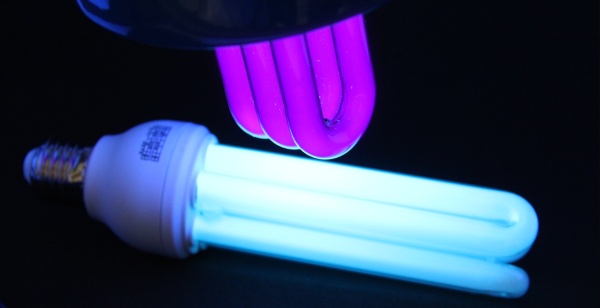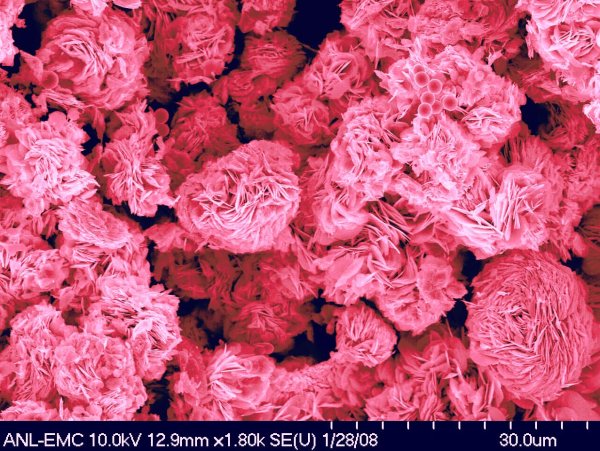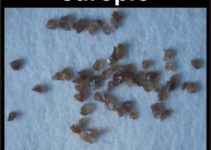
Na imagem vemos uma lâmpada fluorescente normal desligada sendo iluminada externamente por uma lâmpada fluorescente especial, que emite luz na faixa do ultravioleta (UV) – popularmente conhecida como luz negra.
Percebemos que a lâmpada desligada está brilhando como se estivesse ligada. Isto ocorre porque uma lâmpada fluorescente normal contém um recobrimento de uma substância fosforescente, localizada na parte interna do vidro. A substância fosforescente tem a função de transformar a luz ultravioleta (UV) emitida pelo sistema interno da lâmpada fluorescente em uma luz normal, normalmente uma luz de cor branca.
Neste caso a fonte externa de ultravioleta também consegue causar um certo brilho na camada fosforescente da lâmpada compacta comum.
A substância fosforescente pode conter diversos elementos químicos, dependendo da coloração da luz que se deseja, por exemplo estrôncio, európio, bário, etc.
Imagem sob licença Creative Commons
![]()
–
Texto escrito por Prof. Dr. Luís Roberto Brudna Holzle ( luisbrudna@gmail.com ).


Solicito a cotacao
Não fazemos venda de produtos neste website.
Abraços